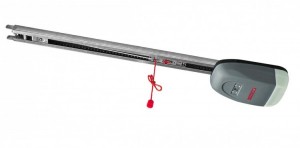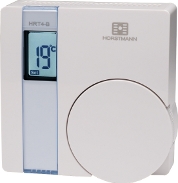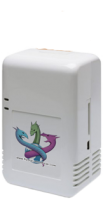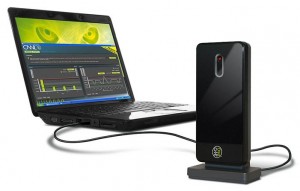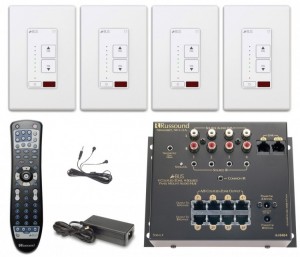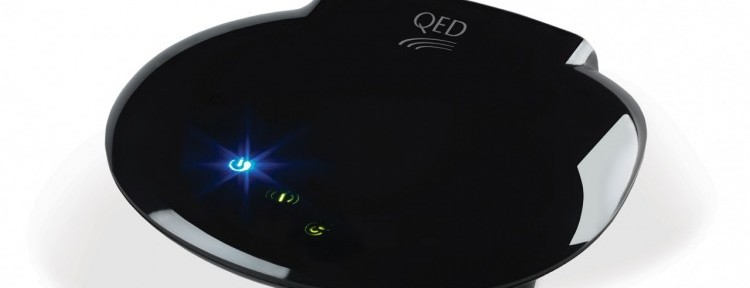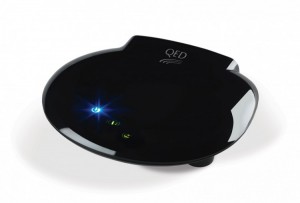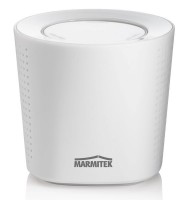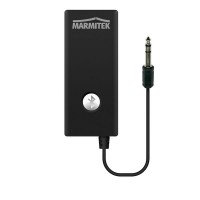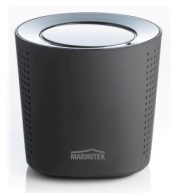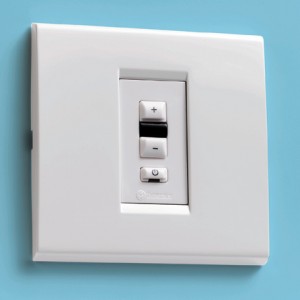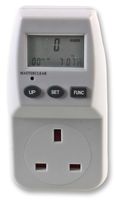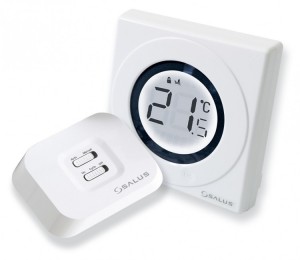We’ve all heard about HTML, SSL and MMS but when you start automating your home, then X (as in X10) and Z (as in Z-wave) are the only letters that you need to know about.
Basically, X10 is a protocol for communication and is used for the devices that encompass home automation. This is a long standing and simple way of controlling electrical equipment within your home remotely. It works as a plug and play system, using your smart phone or PC.
Z-Wave is a wireless technology that enables household devices, like lights, appliances, thermostats, etc., to communicate, controlled by either phones, PCs or other electronic devices. Both X10 and Z-Wave are protocols, not manufacturers of products.
How Does X10 Work?
It was way back in 1975 when X10 was first developed in Scotland by Pico Electronics. It was so named because it was the tenth project that the company developed. It has become the industry standard and very little has changed in the ensuing years.
Here’s the technical bit: X10 sends a signal, representing digital information, onto the powerline at the zero crossing of the AC sine wave (to minimize interference). Packets transmitted using the X10 control protocol consist of a four-bit house code (A – P) followed by one or more four-bit unit codes (1 – 16), finally followed by a four-bit command. This gives 256 possible addresses to which each controlled device in the installed unit is configured to respond, reacting to the command specifically addressed to it. Signals take about ½ to ¾ of a second to reach the responder. Devices usually plug into the wall or can be built-in for wall switches and ceiling fixtures.
Take a look at all of UK Automation’s X10 products
Z-wave Technology
Z-wave was developed by Zensys, Inc. in 2004. Again, it is a simple concept: a central, network controller device is required to setup and manage a Z-wave network, with each product in the home having to be included in the Z-wave network to be controlled. The Z-wave Network ID has a length of 4 bytes and is assigned to each device by the primary controller when the device is added into the network.
A Z-Wave network (http://www.z-wave.com/what_is_z-wave) can consist of up to 232 devices with the option of bridging networks if more devices are required. As a static network, Z-Wave assumes that all devices in the network remain in their original detected position. Easy to install, it does not require any rewiring and any product with Z-Wave on the box works with any other. With over 20 million products in homes worldwide, it is extremely well established, and allows you to control your home appliances from a smartphone or PC remotely.
There are thousands of products that are compatible with X10 and Z-wave http://www.uk-automation.co.uk/categories and if you want to check out some of the bestselling products used in homes for automation purposes, UK-Automation has an extensive list at highly competitive prices from the leading manufacturers in the field.
Take a look at all of UK Automation’s Z Wave products
